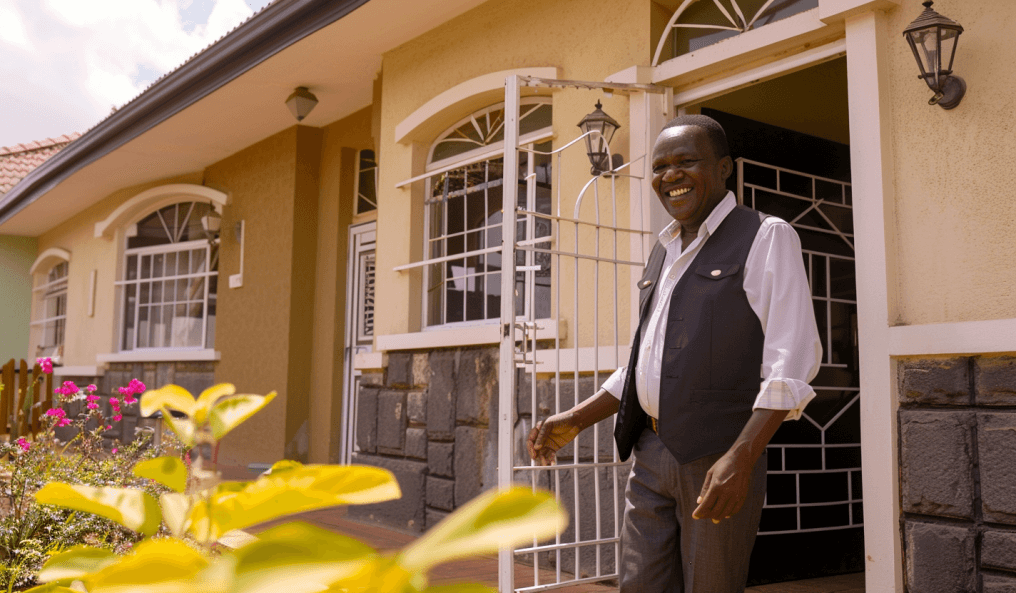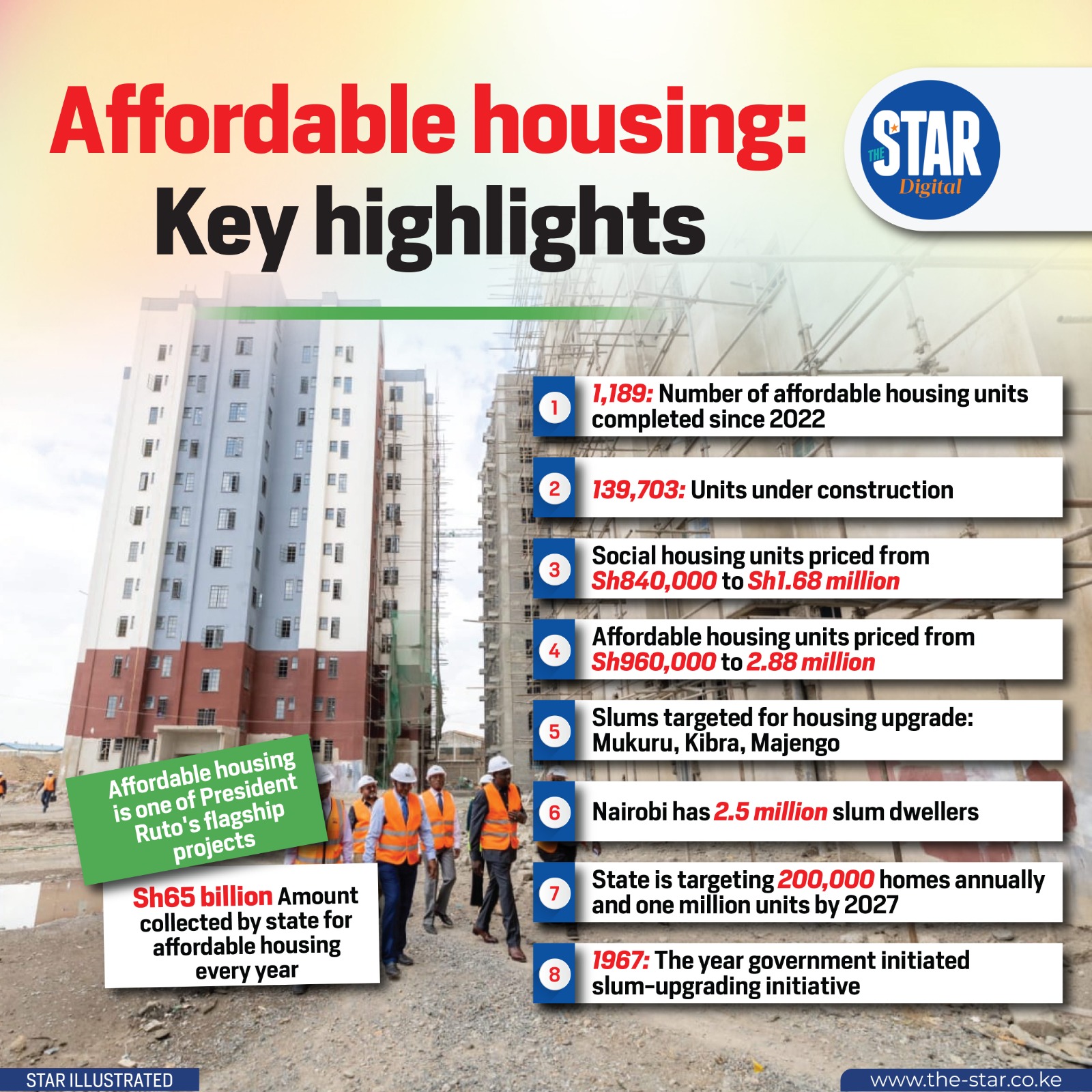The COVID-19 pandemic disrupted nearly every industry, and Kenyan real estate was no exception. Lockdowns, economic uncertainty, and changing consumer priorities forced developers, investors, and homebuyers to re-evaluate how they approached property. As we reflect on the lasting impact, it’s clear that the real estate sector in Kenya has undergone a permanent shift in behavior, structure, and opportunity.
The Initial Shock: Q1–Q3 2020
In early 2020, Kenya, like the rest of the world, went into lockdown. With movement restricted and economic activity slowing, the real estate sector experienced an immediate slump. Site visits came to a halt, property viewings were canceled, and many developers suspended ongoing projects due to logistical challenges and supply chain disruptions.
Rental income dropped significantly, especially in urban centers like Nairobi and Mombasa. Commercial tenants requested rent reductions, while residential tenants struggled to pay due to job losses or salary cuts. Landlords had to adapt by offering flexible payment options or temporary rent holidays.
The Shift to Digital Platforms
One of the most significant and positive changes during the pandemic was the rapid digital transformation of real estate. Companies like BuyRentKenya and Property24 saw increased traffic as buyers turned online to search for properties. Virtual tours, video calls, and digital document signing became more prevalent, enabling transactions to continue despite restrictions.
Agencies and developers began investing more in online marketing, including social media campaigns, SEO, and email outreach. The pandemic highlighted the importance of having a strong digital presence, especially for agents and developers looking to reach diaspora investors.
Suburban Growth and Demand Shift
With the rise of remote work and the need for more spacious, affordable living environments, many Kenyans began migrating from congested urban centers to the suburbs. Areas like Kitengela, Juja, Ngong, and Athi River saw increased interest as families sought larger homes with outdoor space at a lower cost.
This shift in buyer behavior led to a slowdown in demand for high-rise apartments in the city center and a surge in single-family units and gated communities in peri-urban areas. Developers responded by reallocating their investment strategies toward these growing zones.
Increased Interest in Land
Another outcome of the pandemic was a renewed interest in land as a secure, long-term investment. With economic volatility threatening stocks and savings, many Kenyans opted to buy land, especially in emerging areas with infrastructure projects underway. Land offered flexibility, future development potential, and perceived safety compared to other assets.
Counties like Machakos, Kajiado, and Nakuru experienced a spike in land transactions, especially from diaspora investors seeking to safeguard their wealth through tangible assets during uncertain times.
Affordable Housing Momentum
The pandemic reinforced the urgency of Kenya’s Affordable Housing Programme (AHP). With many Kenyans struggling to pay rent or access decent shelter, the need for low-cost, quality housing became more evident. The government and private sector increased efforts to deliver affordable housing units in line with Vision 2030 goals.
Initiatives like the Nairobi Railway City project and the ongoing Pangani and Shauri Moyo redevelopments signaled commitment to improving housing access. Public-private partnerships (PPPs) gained traction as a model for scaling affordable housing projects across the country.
Commercial Real Estate Adjustments
Office spaces and retail properties were among the hardest hit. With many companies adopting remote or hybrid work models, demand for large office space declined. Vacancies rose in Nairobi’s Central Business District (CBD) and Upper Hill, prompting landlords to offer flexible leasing terms, co-working options, and lower rents.
Shopping malls saw reduced foot traffic, accelerating the shift toward e-commerce. Developers had to rethink the function of retail spaces, with some exploring mixed-use developments or converting spaces into warehouses and fulfillment centers.
Resilience and Recovery in 2021–2023
By late 2021, the sector began showing signs of recovery. Interest rates stabilized, the economy reopened, and construction resumed. Real estate investment trusts (REITs) started regaining traction, and diaspora inflows increased, supporting continued activity in residential and land markets.
Developers became more conscious of future risks, placing greater emphasis on agility, technology, and sustainability in their projects. Concepts like smart homes, green buildings, and disaster-resilient infrastructure are increasingly becoming part of new developments.
Long-Term Takeaways
- Tech is No Longer Optional: Real estate players who digitized operations during the pandemic continue to see growth and relevance.
- Affordability is Key: Demand is strongest in segments that offer value for money, especially for first-time buyers and young families.
- Flexibility Wins: Developments that offer modular design, flexible payment plans, or mixed-use functions are more likely to attract buyers and tenants.
- Suburbs are Rising: Infrastructure investment will be key to supporting continued suburban expansion.
Conclusion
COVID-19 acted as a reset button for the Kenyan real estate market. While the pandemic brought significant disruption, it also accelerated necessary changes, from digitization and decentralization to affordability and resilience. As we move forward, the lessons learned during this period will continue to shape how properties are developed, marketed, and inhabited. For investors, developers, and homebuyers, staying adaptive and future-focused will be the key to thriving in the post-pandemic real estate landscape.



